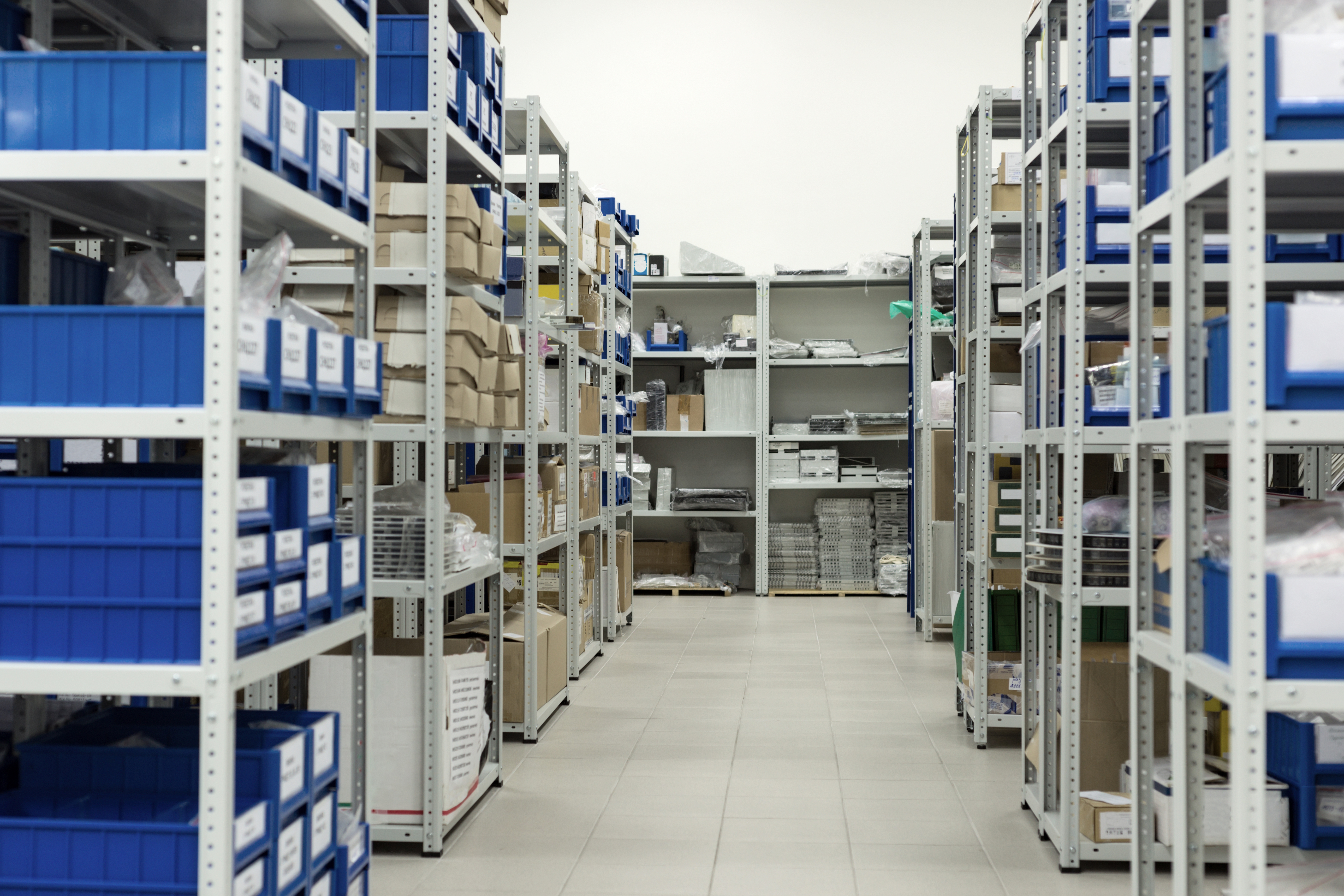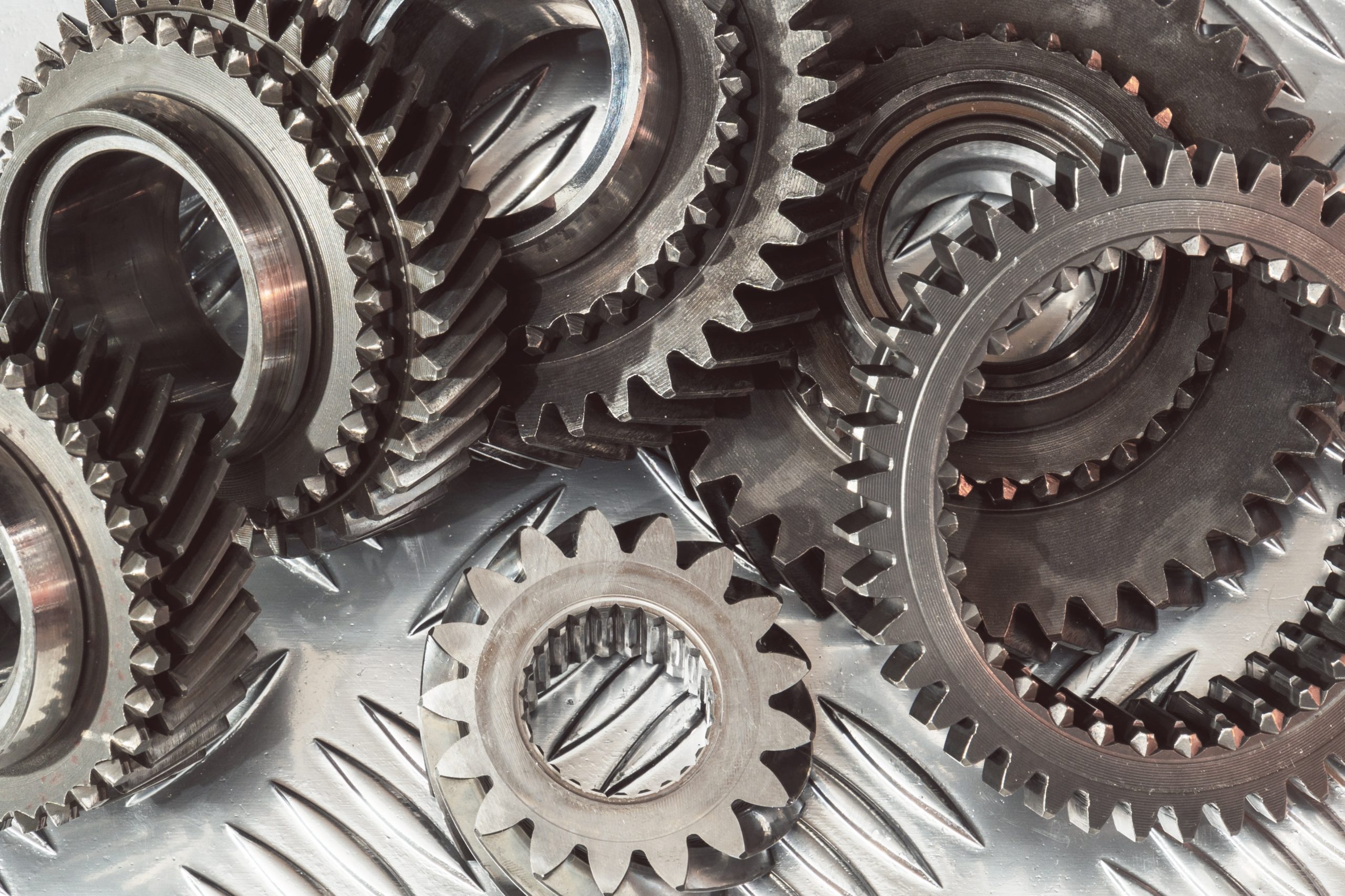July 21, 2014 – The old saying ‘garbage in – garbage out’ can apply directly to this initial process in the assembly of SMT assemblies. Stencils designed without regard to materials, pad design and part geometry will create poor yields and needless rework. With a properly engineered stencil design, a high yielding printing process is easily within reach.
Typically, most CAD systems output a standard paste file which then gets forwarded to a stencil house which may then apply some broad rules based on pad size without consideration for part geometries, paste type or volume requirements. For example, stencil design plays a major role in solder beading around chip components. Simply changing to one of the touted shapes such as home plate or inverse home plate (bow tie) may help with one problem but increase the likelihood of another problem such as tombstoning, if not done correctly.
Modifications to the stencil based on the part and pad design can virtually eliminate all those problems. Yet as it is mentioned above, due to the fact that stencil houses tend to follow broad rules, many times the customers will be told “This is what is typically done for this situation”.
The Advanced Process Lab of Universal Instruments always believes that knowledge makes difference and has successfully helped customers with various stencil design challenges to develop a high yielding assembly process. From developing the print process parameters in the Lab with SPI to building a few parts, even a pilot run, the Advanced Process Lab has the expertise to offer comprehensive solutions to maximize competitive advantage.
For more information about the APL, go to http://www.uic-apl.com/home or contact David Vicari via vicari@uic.com/+1 607-779-5151.



